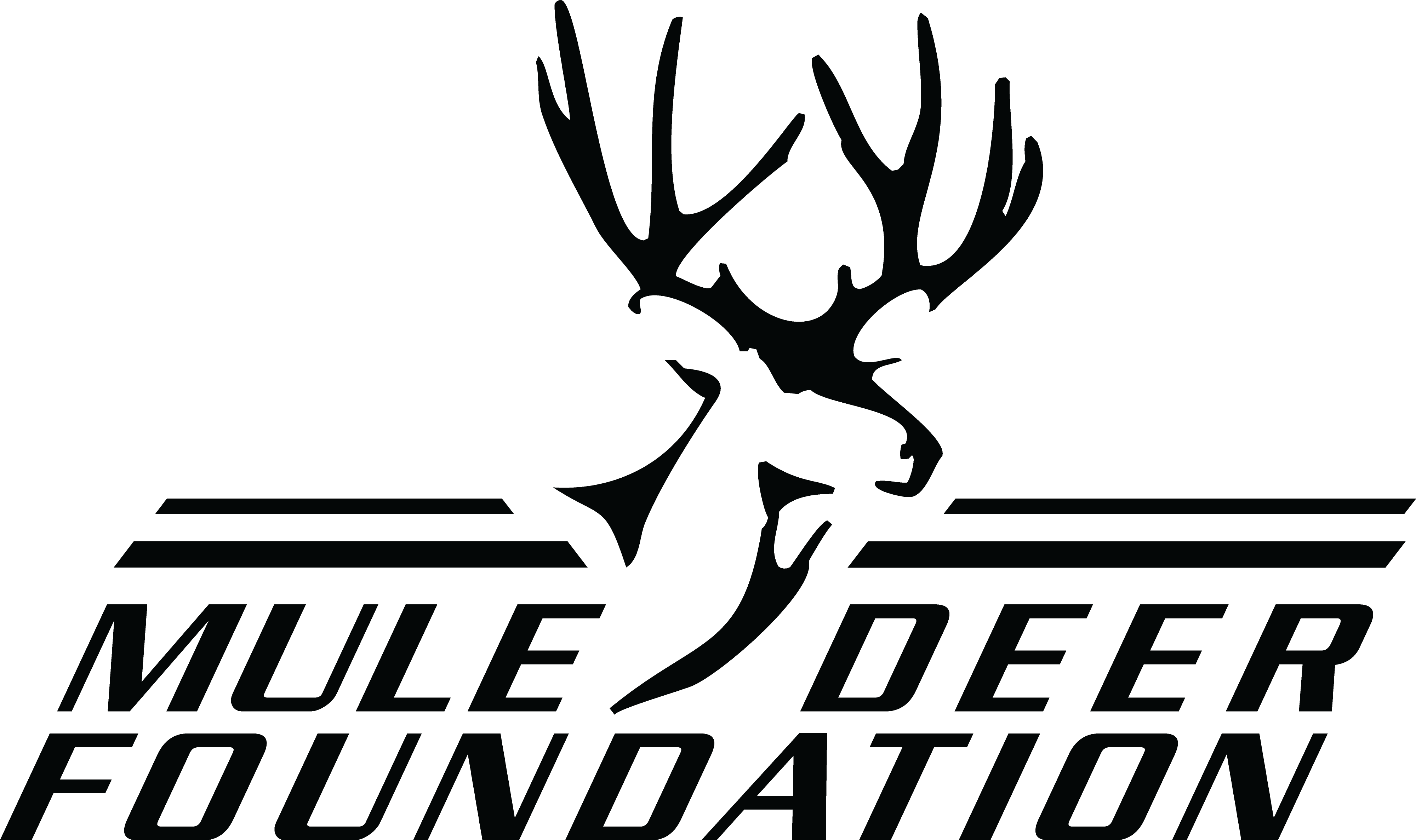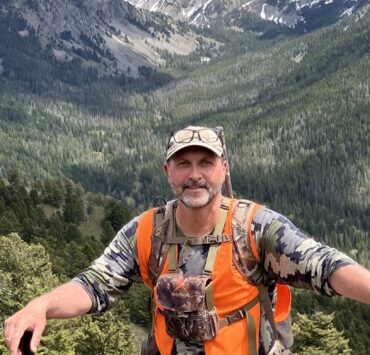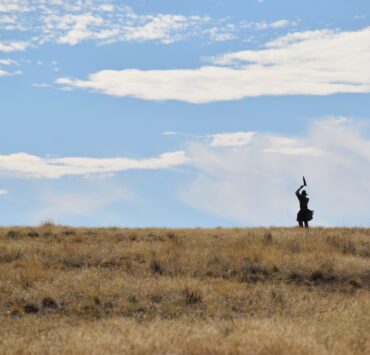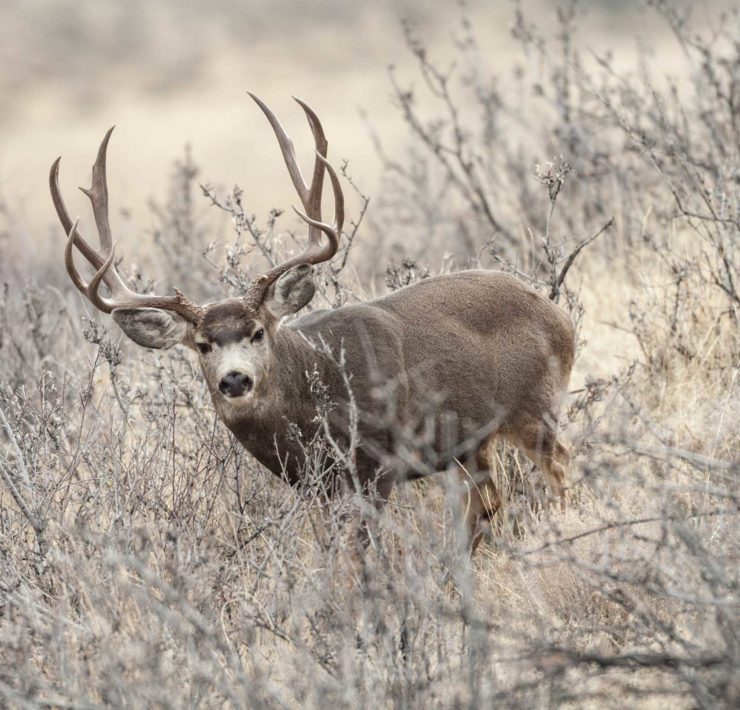Mule Deer Alley
A written detour down Mule Deer Alley, also known as the Alzeda Highway or Highway 212, depending on how formal you want to sound. Like Shakespeare’s character Romeo once said, “A rose by any other name would still smell as sweet”. It doesn’t matter what name you use for this stretch of pavement, the landscape it runs through is the most beautiful place in the world.
Where to Start:
Since the road runs east to west, you can either start in Montana or South Dakota. Since I am normally heading west from Missouri when I hit this promised land of asphalt and sage, let’s start in South Dakota.
For some people, the world starts to feel like the west once you cross the border into South Dakota. For others, it becomes the west once you cross the Missouri River. Still, for others, it’s genuinely the west once you see the mountains. For me, the west starts when I leave I-90 and take exit number 23, then veer slightly right through the town of Belle Fourche, South Dakota.
What you will see:
Belle Fourche:
Belle Fourche is a sleepy little town with just over 5000 people. It is the nation’s geographic center. It has a main street, a few bars and taverns, a few churches, and a western apparel store. A small creek runs through town, and its waters run deep green in the shade of the cottonwoods crowding its bank. The Sinclair Station is the last place to get gas until you reach Broadas, MT, a hundred miles away, so fill up here if you can.
Pulling out of the gas station to leave Belle Fourche behind you is an excellent time to roll down your windows, and put on your cowboy hat and sunglasses, so you can fully appreciate the world around you and enjoy the ride. After sitting in that stuffy F150 for the entire length of South Dakota, it feels good to get the breeze in your hair. Smell the dry earth and squint out the sunlight.
The town fades away, leaving only prairie to your left and right. Rolling hills of grasslands and far-off buttes fill the windshield. Cattle graze intermittently through the landscape, interrupted only by the occasional herd of Antelope or Mule Deer. 200-year-old homesteads with long walkways edged by giant trees remind you how tough this place must have been in the 1800s.
Wyoming:
Before you know it, you’ve crossed the invisible line and are in the far northeastern corner of Wyoming. The landscape doesn’t change much, maybe fewer ranches and a little wilder, but that could just be inside my head. The road is in Wyoming even less time than it is in South Dakota, and before long, you see the sign for Alzada and the Montana border.
Alzada:
Alzada is not really a town as much as it is six houses. But there’s a bar, the Stoneville Saloon, that’s really busy around mid-August due to a certain motorcycle rally not too terribly far away. The rest of the year, it is not a bad place to wet your whistle and take in the anticipated mixture of Charlie Russell prints and ancient taxidermy.
Like many of the towns in eastern Montana, Alzada started as a cattle town. 200 years ago, after they struck gold in Virginia City, Montana, and the original treasure state tycoon invented the cattle drive from Texas north to Montana, Alzada was a marker city. Arriving here meant you made it, you had reached the promised land of grass, and soon, you would be paid.
For anyone driving Highway 212 with a general mule deer tag for Montana in their pocket, it means much the same thing today. You made it, have reached the promised land, and soon, you will have a chance to fill your tag. If you’re thirsty, feel free to stop at the tavern, ask for Greg, and see if, in exchange for a drink, he might tell you a story of the old white house on the edge of town with crude red letters on the garage spelling “Cowboy Stuff.”
If you don’t feel like stopping, that’s all right, too. Keep heading west. The buttes are closer now, and the antelope and mule deer are growing more and more numerous. If you are unfortunate enough to be driving this road at night, especially during fall migration or during the occasional Montana snowstorm, look out, as these hooved critters will be crowding the sides of the road. I have missed several by inches.
If you are here to hunt, follow the Mule Deer Foundation’s advice, purchase yourself, and On X membership, find some land to the north or south of the highway and explore. If you spend a day behind good glass, you will surely see both Antelope and Mule Deer specimens that would make even the most scrupulous hunter happy to chase.
The stretch of prairie between Alzada and Broadus, Montana, has some of the best hunting I have ever seen. You can’t do it from a truck, and you can’t do it half-heartedly. But if you lace your boots up tight, put your rifle on your back, and start walking, you’ll find what western hunting is all about.
Broadus:
This is the first town along 212 that has a real motel. It would be your ideal location if you’re not interested in camping while you hunt. Broadus is a bit bigger than Alzada but smaller than Belle Fourche. It has a bar, a gas station, and a diner. Broadus also contains the first turn on HWY 212. Don’t miss the left turn in the middle of town, although if you do miss the turn, you will know pretty quickly as the town and the street peters out after a block or so. While in town, Fill up on gas and grab a cold beverage from the Stockman’s Club.
Continuing east out of town, you will see a stretch of prairie without a ton of public land access for a little over 30 miles before you enter the Custer National Forest. Custer National Forest is where you will find the first real stretch of timber since you left the Black Hills of South Dakota. The interspersed lodgepole pines and Savannah-like grassland make for some incredible mule deer habitat with plenty of public access. On the south end of Highway 212, I have seen herds of 300+ antelope; on the north end, I have seen multiple 150-inch mule deer bucks. To be clear, I have not yet been able to harvest one, but they do exist. The National Forest is also a wonderful place to spend a spring morning listening for a gobble.
Ashland:
The last town on our journey is Ashland, Montana. Ashland is really just a cluster of homes and businesses around 212. But it does have a gas station where you can buy ice and fuel. As is the general theme of the west, if you think you need gas, you should get gas when you find it because, moving out of Ashland, we are going into the Crow reservation. This is a beautiful stretch of country, but you will run out of fuel options fast.
Where it Ends:
If you’ve been paying attention for the duration of your drive, you may have picked up clues here and there along the route as to where you’re about to end up. This route is, give or take, the same route famously taken in late June of 1876. There are several historic markers between South Dakota and the end of Highway 212 that could clue you into where you are. But if you missed all those, the tavern names you come across in the Crow Nation should’ve been a significant clue.
As the timber of the Custer National Forest fade back into the golden rolling hills of the prairie, you will notice a brilliant white marker on the south side of the highway about a mile from the road. If you look closer, you’ll see a few dozen smaller white markers littering the prairie around the large memorial. Welcome to the Battle of the Little Bighorn.
One hundred forty-eight years ago, Custer split off from the Dakota column, leading the seventh cavalry into three formations to surround and capture Sitting Bull, Crazy Horse, and their band of Sioux and Northern Cheyenne. My undergraduate degree is in United States history, and I am very interested in this country’s national battlefields. I have been to several dozen, and the Battle of the Little Bighorn is my favorite. I recommend that you stop and learn as much as you can here.
No matter which side you are rooting for or identify with, the battle of Little Bighorn has an incredible amount of individual acts of human courage on both sides. It’s an outstanding example of nations being at their worst, creating an environment where men can be at their best. The United States of America awarded 24 congressional medals of honor for deeds at the Battle of Little Bighorn. The Sioux and Northern Cheyanne, too, honor their warriors for courageous deeds worthy of their people’s admiration.
While the aftermath of the battle on the prairie saw the standard treatment common during the American Indian wars, one soldier, a young captain in charge of one of the assaulting elements for Custer’s charge, was laid on the prairie with his arms crossed and his silver crucifix he wore around his neck placed in his hand. This man is Captain Miles Keogh, an Irish Immigrant and winner of the Medaglia for gallantry – the Pro Petri Sede Medal and who was made a knight of Saint Gregory for service to the Catholic Church in the war for Italian Unification. Miles then immigrated to the United States and served in the Union Army during multiple Civil War campaigns, including the Battle of Gettysburg.
When Miles was killed at the battle of Little Bighorn, the Sioux warriors placed his body respectfully upon the field and put his crucifix in his hand. It is said in the oral history tradition that this was out of respect for the man’s bravery and courage on the field. Years later, Sitting Bull was buried wearing the Pro Petri Sede Medal he took from Miles’s body. Sitting Bull l is quoted as saying, “I need to carry just a little bit of this man’s courage to remind me of what men can be”
This is just one story of heroism from the Battle of Little Bighorn. There are many others equally as interesting. No matter which end of Highway 212 you start on, I recommend stopping at the Battle of Little Bighorn, even if just for an hour.
Good Luck!
Good luck this fall. Send pictures or stories from the field to [email protected] to be featured on our website or in our magazine. If this article, or any of our articles helped you become a better conservation steward, join the Mule Deer Foundation. Click here to join: https://muledeer.org/product-category/membership/
Trevor Hubbs

Trevor is the Communications Manager and Editor for the Mule Deer Foundation and Blacktail Deer Foundation. He grew up hunting and fishing the Ozark Mountains for quail, ducks, and bucks. Now he ventures west for mule deer as often as possible.





